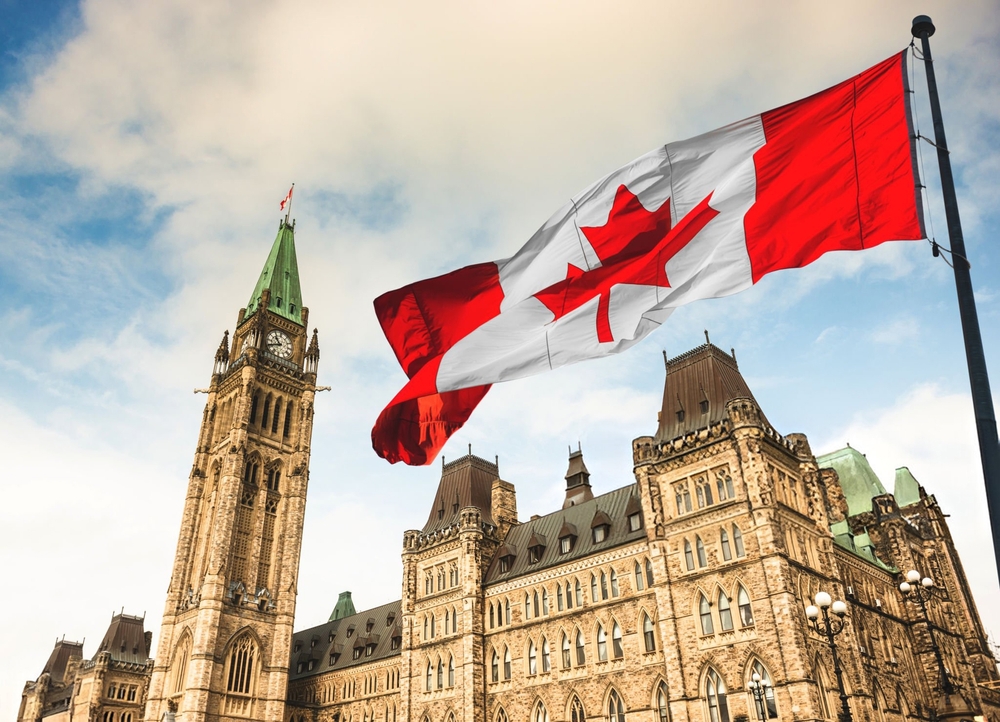If you’re considering becoming a permanent resident (PR) of Canada, one of the biggest questions on your mind is probably: What do I get in return?
Beyond the clean air, safety, and job opportunities, Canada offers some of the world’s most comprehensive social benefits—especially in healthcare and family support.
Here’s a clear breakdown of the Benefits of Canadian PR, from medical care to education and beyond.
1. Universal Public Healthcare
Free Access to Healthcare Services
One of the biggest benefits of Canadian permanent residency is publicly funded healthcare. As a PR, you’re eligible for free basic medical services under your province’s health insurance plan.
Covered services typically include:
- Doctor visits
- Emergency care
- Hospital stays
- Diagnostic tests (X-rays, blood work, etc.)
- Surgery and medical procedures
- Maternity and childbirth care
Each province and territory administers its own plan (like OHIP in Ontario or MSP in British Columbia), but the core services are consistent across the country.
Note: There’s usually a 3-month waiting period before new residents can access provincial health coverage. Private insurance is recommended in the meantime.
Prescription Drug Coverage (Partial)
While hospital care is free, prescription medications outside hospitals are not always fully covered. However, many provinces offer:
- Drug coverage for seniors
- Coverage for children and youth
- Financial assistance for low-income families
Mental Health Support
Canadian PRs also gain access to publicly funded mental health services, including:
- Counseling
- Therapy
- Crisis support
- Addiction treatment
More advanced services may require referrals or private insurance, but core mental health support is accessible and stigma-free.
2. Free Public Education
As a Canadian PR, your children are entitled to free education in public schools from kindergarten to Grade 12.
This includes:
- No tuition fees for local public schools
- Access to English or French language education
- Special education support
- Extracurricular programs (varies by school district)
Post-secondary education (college or university) is not free, but PRs pay domestic tuition rates, which are significantly lower than international fees.
3. Child and Family Benefits
The Canadian government provides generous support to help families raise children.
Canada Child Benefit (CCB)
Eligible PRs can receive monthly, tax-free payments to help with the cost of raising children under 18.
Factors that affect the amount:
- Number of children
- Family income
- Child’s age
This benefit can reach up to CAD $7,437 per child annually (as of 2025).
Parental Leave & Maternity Benefits
As a PR working in Canada, you’re entitled to paid parental and maternity leave under Employment Insurance (EI).
Eligible parents can receive:
- Up to 55% of your average weekly earnings
- For up to 15–18 months, depending on the plan
Both mothers and fathers can apply, and the leave can be split between parents.
4. Employment Insurance (EI)
PRs who lose their job through no fault of their own can apply for Employment Insurance, which provides:
- Temporary income support
- Job search assistance
- Skills development and training programs
To qualify, you must have worked a certain number of insurable hours and contributed to the EI program through your job.
5. Pension & Retirement Benefits
Canada offers a robust public pension system, and PRs who have contributed through work are eligible for:
- Canada Pension Plan (CPP)
- Old Age Security (OAS)
- Guaranteed Income Supplement (GIS) for low-income seniors
To receive full OAS, you typically need to have lived in Canada for at least 10 years after turning 18. These programs provide security and dignity in retirement.
6. Social Assistance (Welfare)
In times of financial hardship, permanent residents can apply for social assistance, which helps cover:
- Food and basic needs
- Housing
- Utility bills
- Essential medical services
Each province has its own program, and eligibility varies, but PRs are generally included after meeting residency requirements.
Caution: Relying on social assistance early in your stay may affect your sponsor (if you were sponsored), but not your PR status directly.
7. Pathway to Citizenship
While not a social benefit in itself, PR status is the first major step toward becoming a Canadian citizen.
After living in Canada for at least 3 years (1,095 days) within a 5-year period, you can apply for citizenship, giving you the right to vote, hold a Canadian passport, and live abroad without risk to your status.
Summary: Benefits of Canadian Permanent Residency
| Benefit Category | What You Get |
| Healthcare | Free doctor visits, hospital care, mental health |
| Education | Free public school, lower tuition for post-secondary |
| Child Benefits | Monthly CCB payments, paid parental leave |
| Employment Insurance | Support during job loss or maternity leave |
| Retirement | Access to CPP, OAS, GIS |
| Social Assistance | Temporary welfare for low-income PRs |
| Citizenship Pathway | Eligible after 3 years of residency |
FAQs
- Is healthcare free for Canadian permanent residents?
Yes, PRs in Canada have access to publicly funded healthcare, including doctor visits, hospital stays, and emergency services.
- Do permanent residents in Canada get child benefits?
Yes, PRs with children under 18 are eligible for the Canada Child Benefit (CCB), a monthly tax-free payment to assist with child-rearing costs.
- Can PRs in Canada receive unemployment benefits?
Yes, if you’ve worked and contributed to Employment Insurance (EI), you can receive temporary income support after job loss.
- Do Canadian permanent residents get free education?
Public school education (K–12) is free for children of PRs. Post-secondary tuition is lower than for international students.
- How long must I live in Canada to become a citizen?
You must have physically lived in Canada for at least 1,095 days (3 years) within a 5-year window to apply for citizenship.

